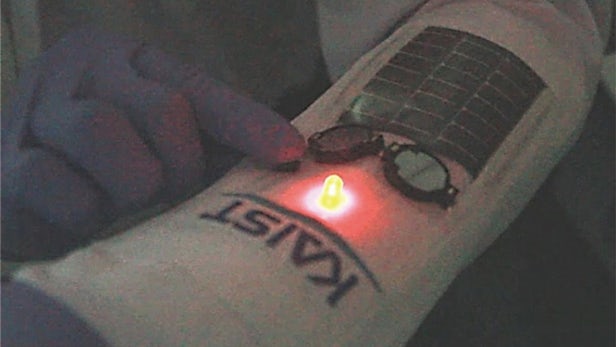Most of our everyday devices are powered by lithium-ion batteries and we are so used to them that we rarely think about an alternative. However, there are plenty of teams that are actively focusing on the alternative designs to overcome some of the drawbacks that the lithium-ion batteries offer.
The latest is the new hybrid aqueous battery powered by a capacitor which is not only safe and stable but has a high energy and power density which allows it to be charged in as little as 20 seconds. Korean Advanced Institute of Science and Technology (KAIST) is behind the creation of the hybrid aqueous battery.
The battery has a liquid electrolyte sandwiched between a specially designed anode and cathode. The anode is made up of polymer chain materials based on graphene giving it a high surface area and allowing it to store more energy. The cathode is made up of nickel oxide nanoparticles embedded in graphene.
These materials enable the higher energy density and faster energy exchange as compared to other aqueous batteries. This was found to be far more stable than the previous ones and has minimal energy loss, maintaining its capacity at close to 100 percent over 100,000 redox cycles.
With a power density 100 times higher than similar designs, it can be charged in 20 to 30 seconds using low-power systems like a conventional USB charger. The team tested it and hooked the hybrid aqueous battery to a flexible photovoltaic cell which was able to power an LED, while the kit was worn like a sleeve.
“This eco-friendly technology can be easily manufactured and is highly applicable,” says Jeung Ku Kang, co-author of a study describing the device. “In particular, its high capacity and high stability, compared to existing technologies, could contribute to the commercialization of aqueous capacitors. The device can be rapidly charged using a low-power charging system, and thus can be applied to portable electronic devices.”
You can see it working in the video below:

